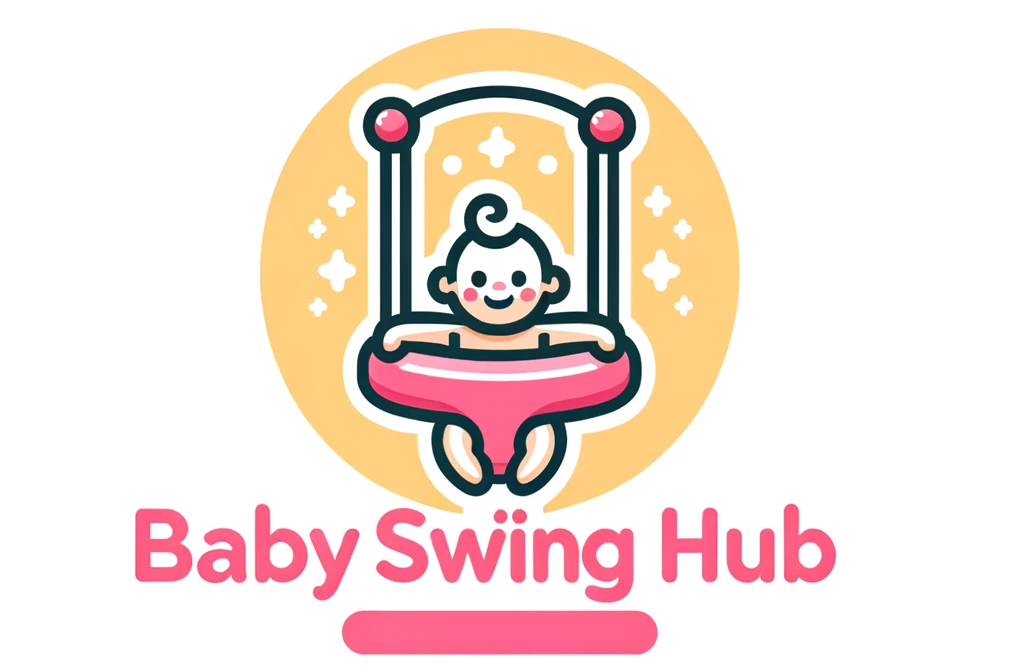
8 Besten Babyphone mit Kamera und App testsieger
Willkommen zu unserem umfassenden Partner-Artikel, in dem wir die Top-Anwärter in der Welt der … Weiterlesen …
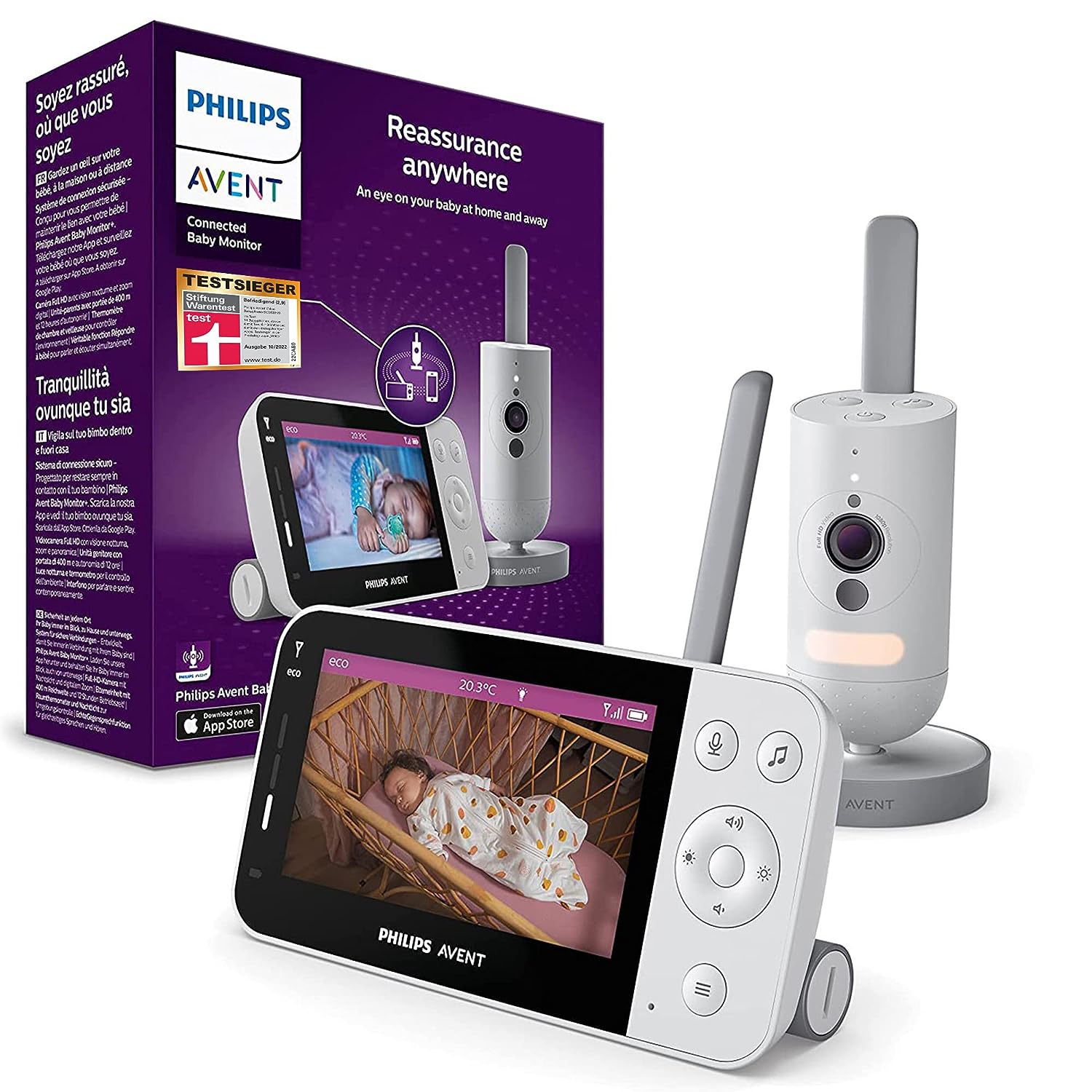
Besten Babyphone Hohe reichweite / Große reichweite Test
Wenn Sie im Jahr 2023 Eltern sind, haben Sie ohne Babyphone keine Überlebenschance. Viele … Weiterlesen …
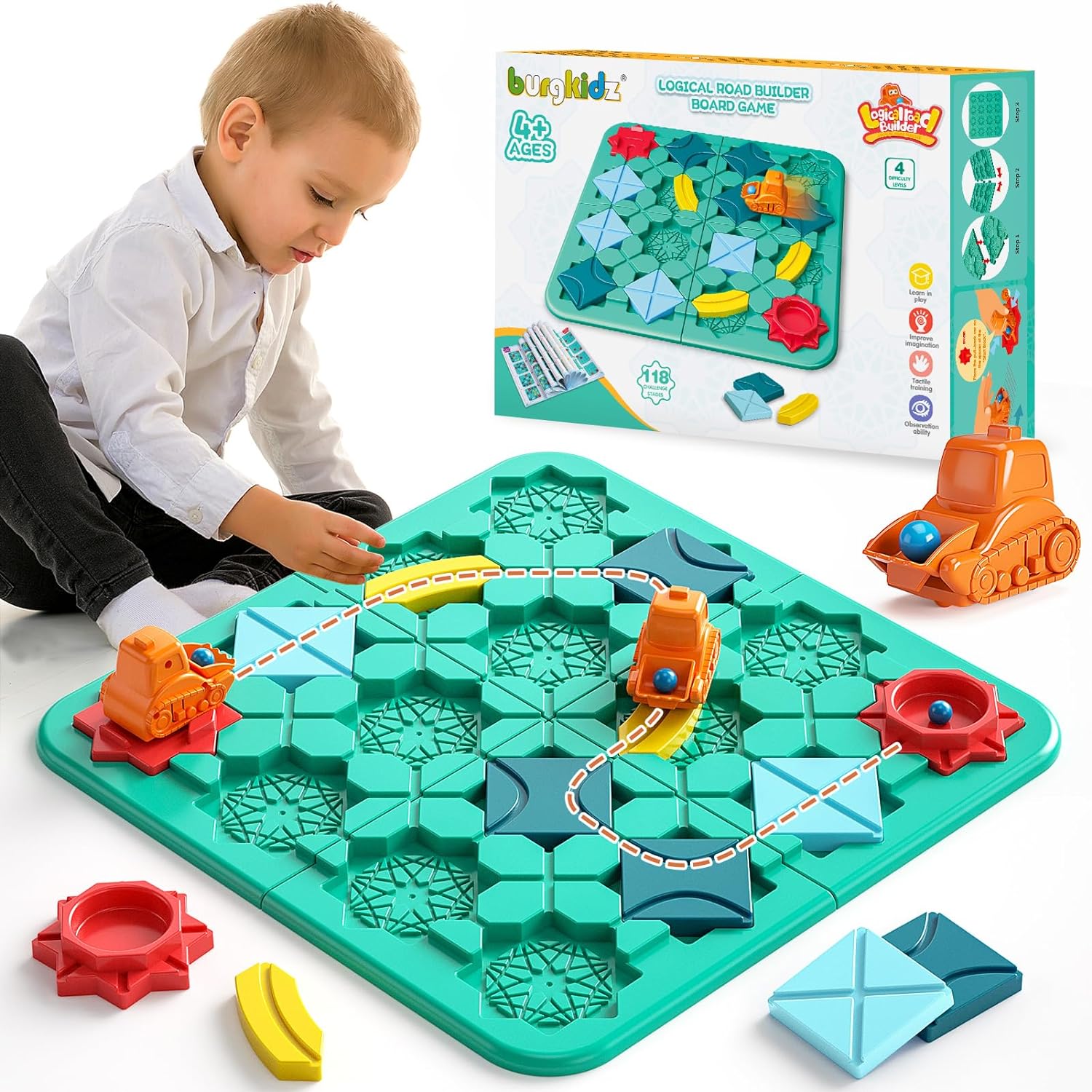
14 spielzeug für 5-jährige jungs pädagogisch wertvoll
Sind Sie auf der Suche nach dem perfekten Spielzeug, das die Fantasie und das … Weiterlesen …
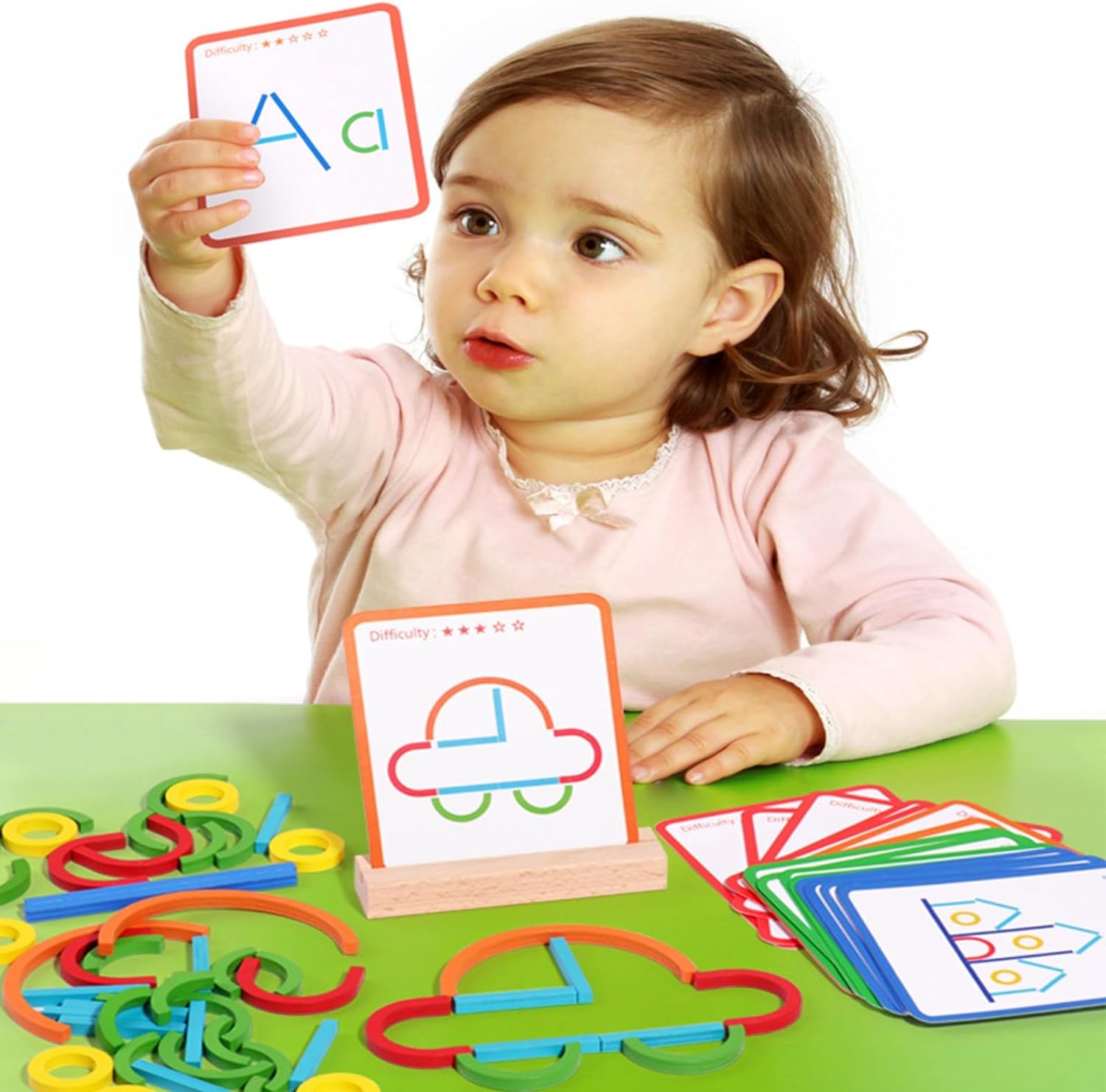
27 Sinnvolles spielzeug ab 6 jahren mädchen
Sind Sie auf der Suche nach den perfekten Spielgefährten? Entdecken Sie die Welt der … Weiterlesen …
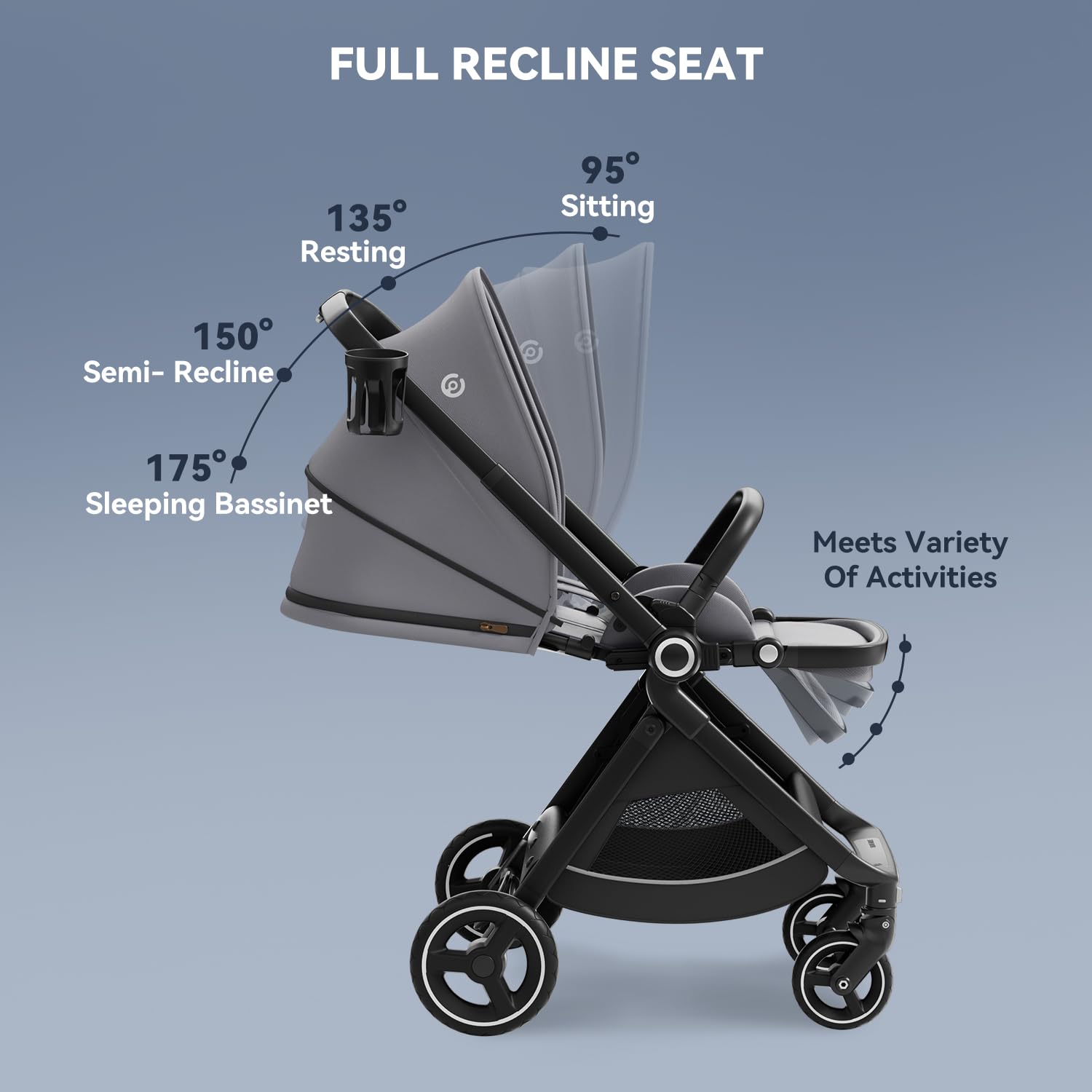
Wann kann Baby im Buggy mit Liegefunktion sitzen?
Warten Sie sehnsüchtig auf den Moment, in dem Ihr Kleines Sie bei Abenteuern im … Weiterlesen …

Wie lange braucht man einen buggy? Ein Leitfaden für Eltern
Fragen Sie sich, Wie lange brauchen Sie einen Buggy? Da sind Sie nicht allein! … Weiterlesen …
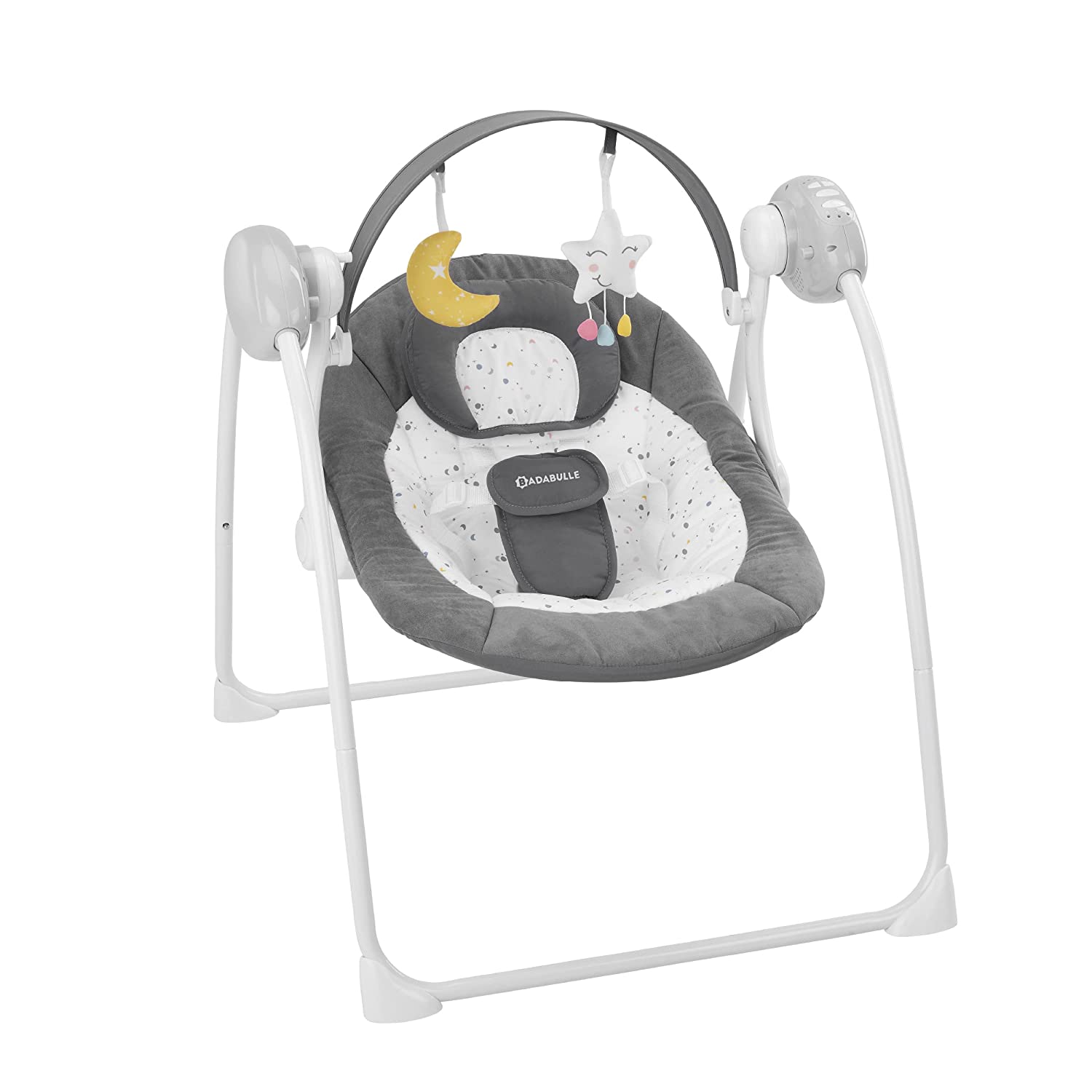
7 Besten Babywippe mit Motor Test
Babys sind kostbar, und alle Eltern auf der Welt möchten das Beste für sie, … Weiterlesen …
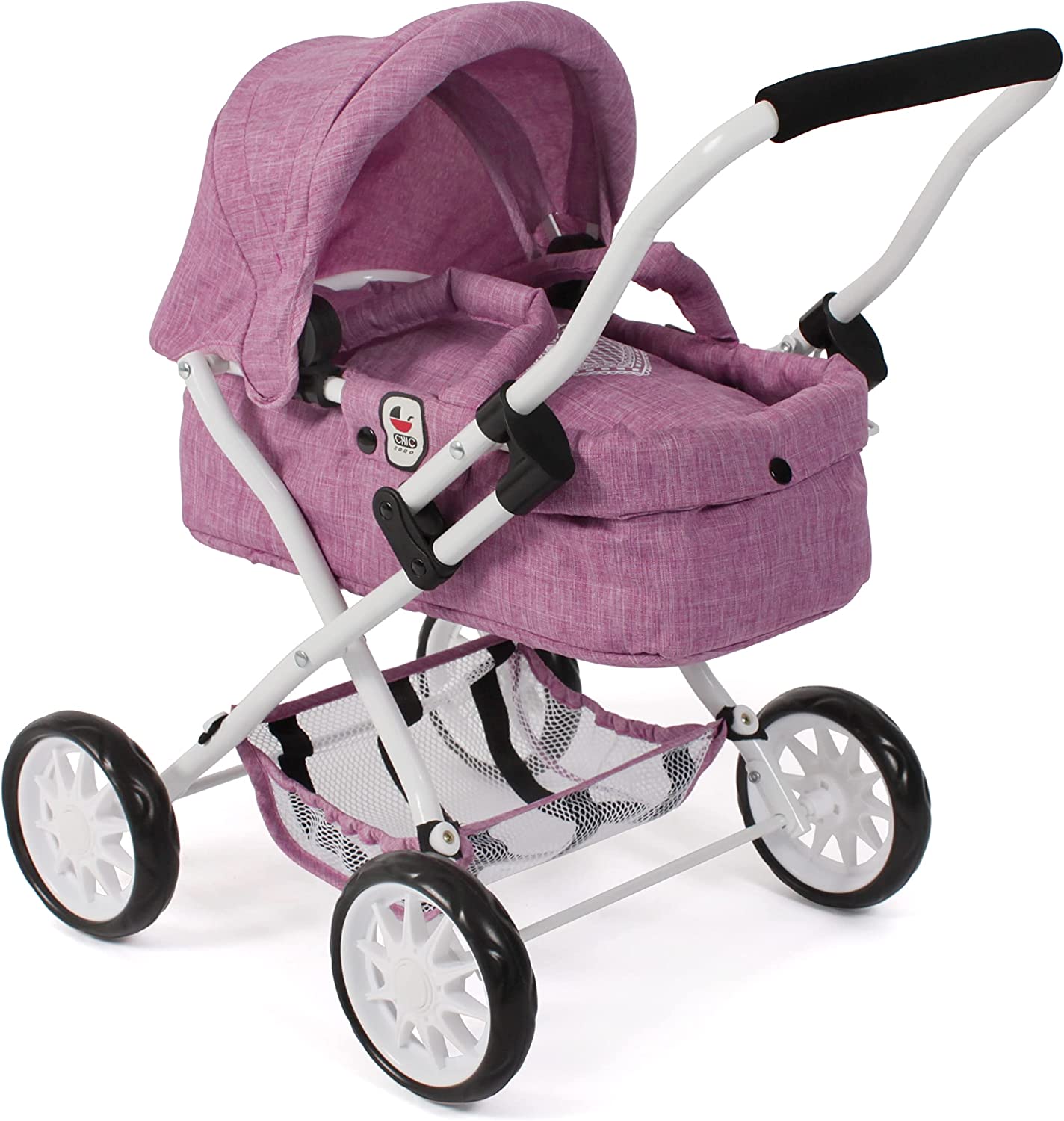
8 Besten Puppenwagen für 2 Jährige Test
Spielzeug puppenwagen für 2 Jährige gibt es in verschiedenen Ausführungen, von zusammenklappbaren Buggys über … Weiterlesen …
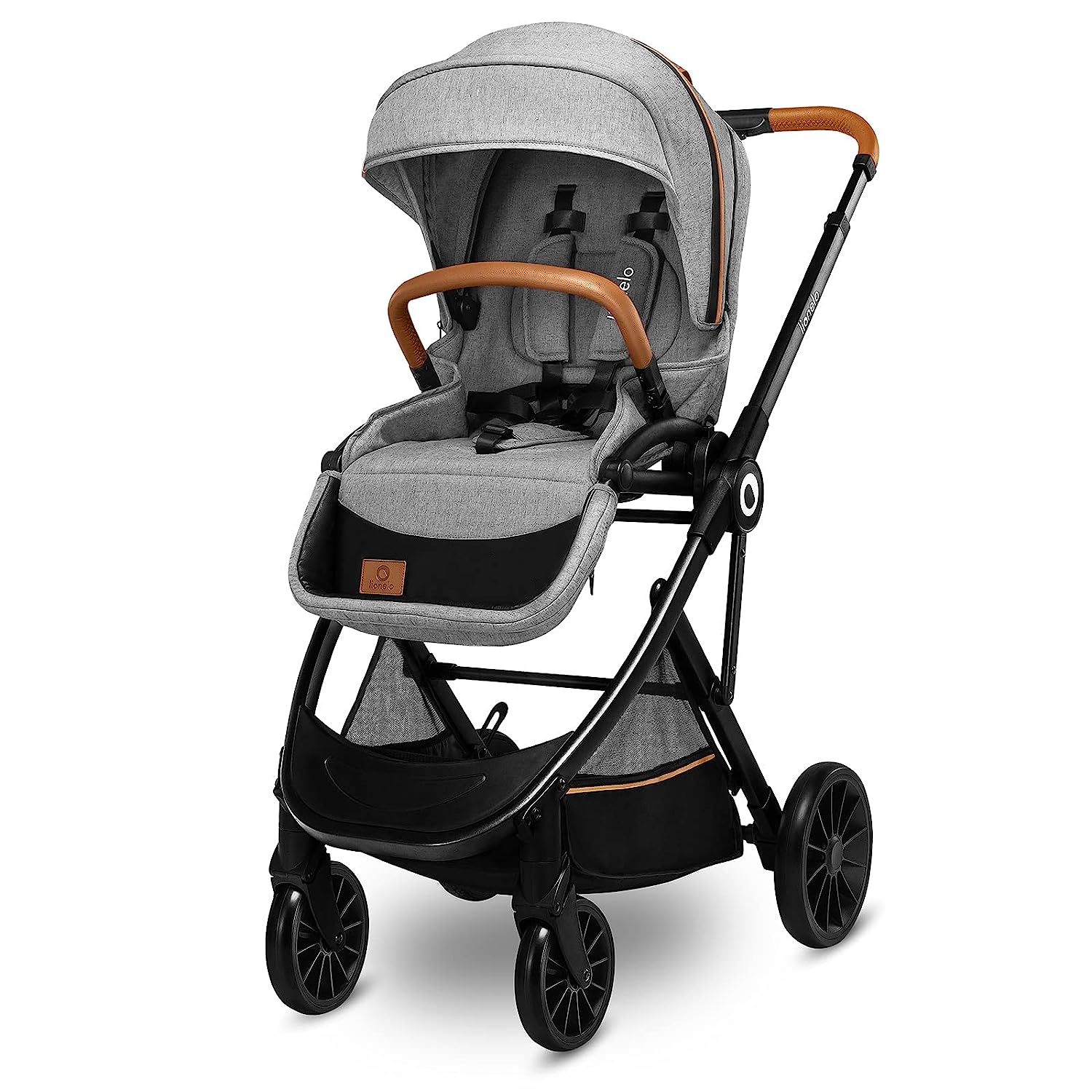
6 Besten Buggy Rückwärtsgerichtet Test und Vergleich
Der Buggy Rückwärtsgerichtet gehört zu den wichtigsten Baby-Bedürfnissen der frischgebackenen Eltern. Die Babys sollten … Weiterlesen …
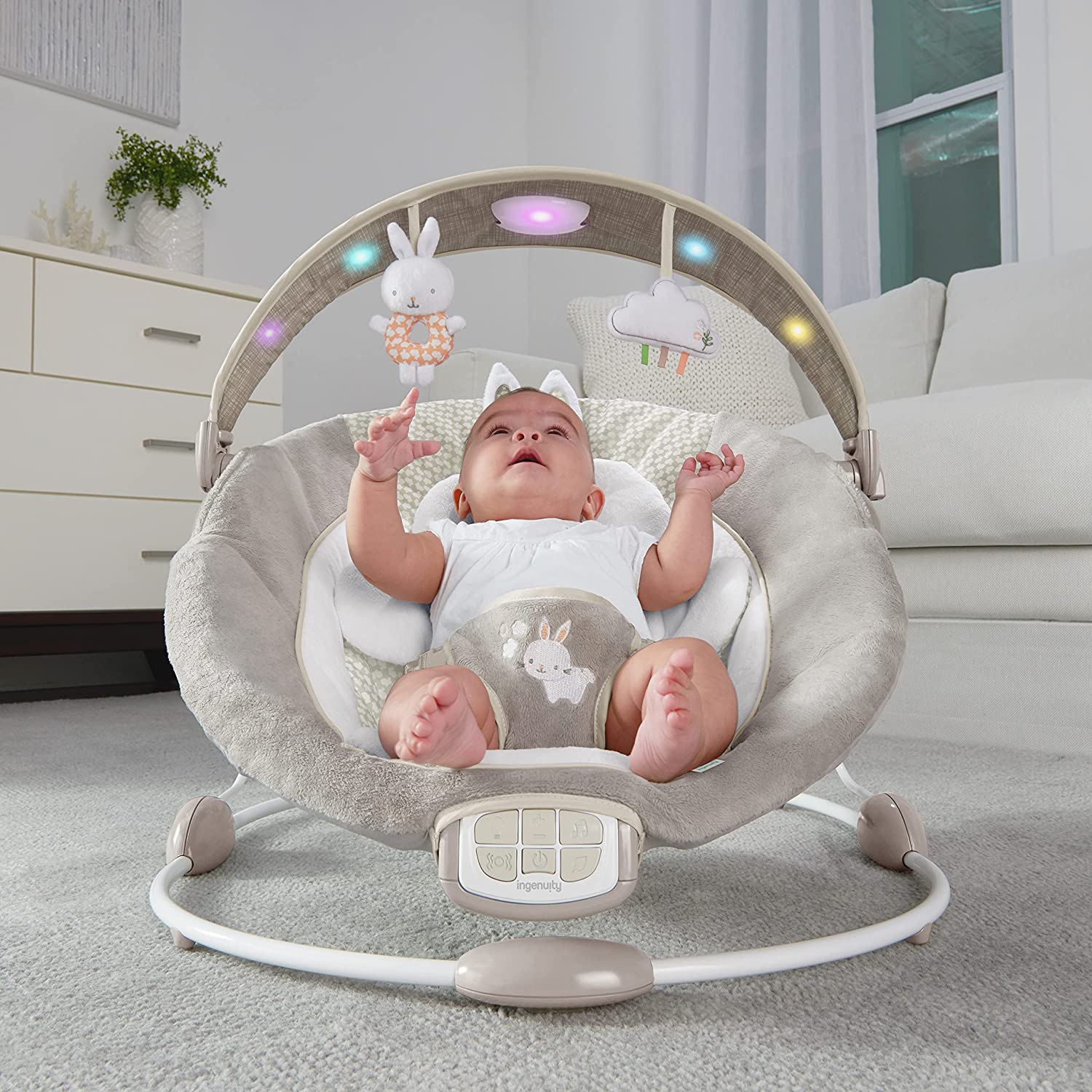
Beste Babywippe mit Vibration Test
Wenn man Eltern wird, gibt es viele Herausforderungen. Selbst wenn Sie ein erfahrenes Elternteil … Weiterlesen …
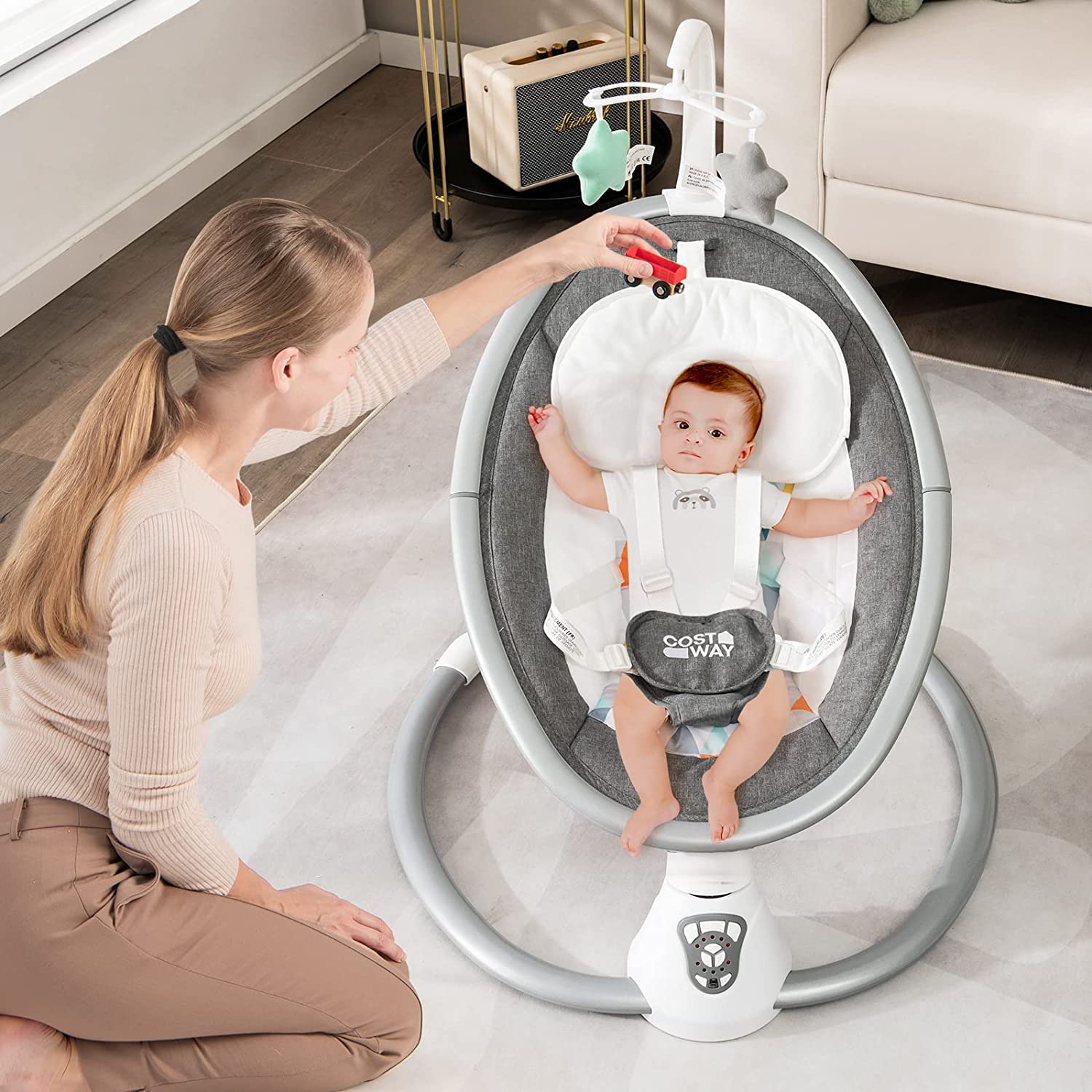
8 Besten Babywippe für Zwillinge Test
Als Eltern von Zwillingen sind der Komfort und die Bequemlichkeit der Kinder extrem wichtig, … Weiterlesen …

Babyphone für Zwillinge – Die 9 besten Produkte im Vergleich
Hat jemand behauptet, Elternschaft sei einfach? Die Elternschaft bringt viel Verantwortung mit sich, vor … Weiterlesen …
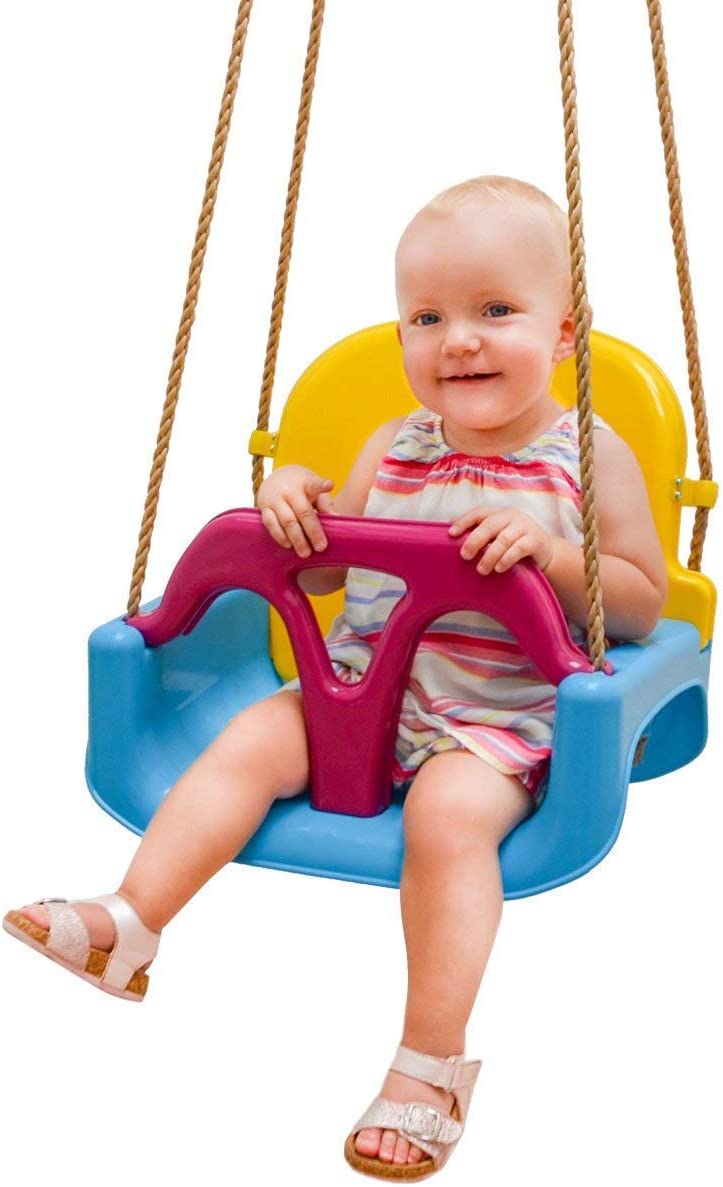
Die 8 Besten kinderschaukel für draußen Testsieger
Es gibt viele Dinge, die Kinder lieben. Eines der besten ist das Schaukeln im … Weiterlesen …

wann entdeckt das Baby die Füße – Meilensteine verstehen
Entdecken Sie den magischen Moment, wenn Babys zum ersten Mal ihre Füße berühren! Dieser … Weiterlesen …
